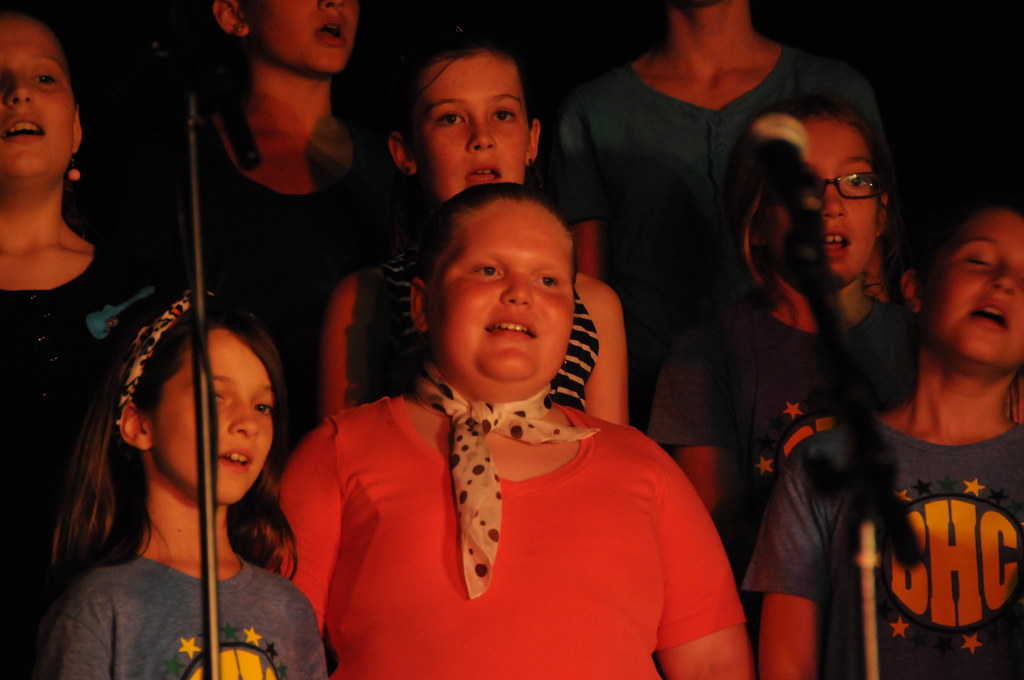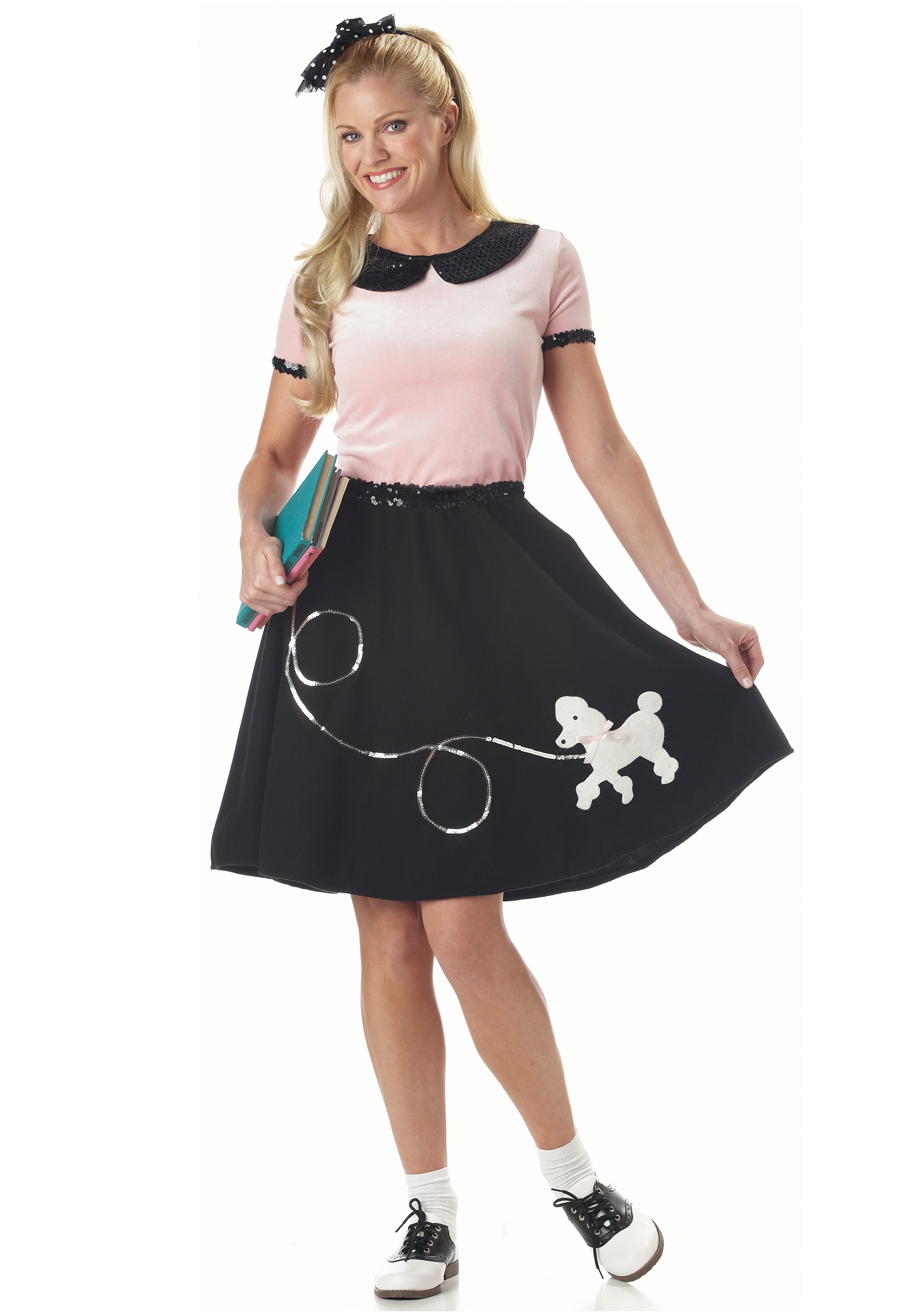

The similarity in appearance and feel between the two items led to their being regarded as one another's origin story.Ī sock meant to be worn with a training shoe, with the ankle cut low such that very little appears above the shoe. Sneakers are so named because their original design was a copy of real shoes (which males then wore instead of boots) called "sneakers", which had become popular among workmen, especially those involved in sports activities. Today, sizes 12 and 13 are more commonly found while sizes 14 and 15 are less common. Size 10 was originally called "long" and size 11 was called "extended". In the United States, Canada, and many other countries, children's sizes 1 through 9 are designated by letters instead of numbers. Some models may also have additional features such as air bladders, heel counters, and traction patches. They are usually made of synthetic materials such as nylon or polyester and can be either closed or open toe. Today, sneakers are defined as light-weight, athletic footwear that is primarily designed for comfort and ease of wear. Hard leather shoes, on the other hand, were rather loud! Over time, the word "sneaker" came to represent any type of casual shoe for men, such as loafers and moccasins. The Boston Journal described sneakers as the term used by boys at the time to characterize tennis shoes, emphasizing how quiet the soles were on the surface. The Origins of Sneakers The term "sneakers" has been in use since the 1880s. But since everyone called it a sock hop anyway, that's what we'll call it from now on. The boys got rid of their shoes altogether and danced in their stockings which made sense since they were going to be standing all night long!Īctually, the sock hop has nothing to do with ballet or jazz, two other dances that appeared around the same time. Before this, they just wore tennis shoes or loafers but the girls liked the look of the high heels so they adopted this new custom too. In the 1950s, teenagers started dancing in their socks because it was easier to move in your stocking feet. That person was called the shirker hence, the phrase "shirkers burden". Since there was no door, someone had to stay behind to watch your stuff while you went in the other room.

If you wanted to be sure not to get wet, you would only take your feet out of your shoe. Why do teenagers wear socks in the first place? In the old days before bathrooms were common, people used to take showers or bath together. Because the dance was held in the school gymnasium and the youngsters didn't want to scuff the floor with their shoes, it was dubbed a "sock hop." This popular dance rose to prominence in the 1950s. What exactly is a sock hop? A "Sock Hop" is a dance for young teens that allows them to dance in their socks. Today, a sock hop is any large party or social gathering held in someone's home or another location without a band or DJ.

The event was organized by university students who wanted to show their support for their colleagues but also enjoy some fun after hours education. In 1967, a sock hop was held at Chicago's DePaul University to raise money for civil rights activists who had been shot by police officers during demonstrations against racial segregation. In fact, one firm that made socks used the opportunity of a sock hop to announce its arrival in Detroit with a dance held in a church hall where attendees were asked to bring their own slippers. By the late 1920s, adult sock hops were being held throughout the country as a way for employers to attract workers by providing food and entertainment for their events. The idea caught on quickly and within just five years, hundreds of sock hops had been held across the United States. The first sock hops were held in 1913 at Detroit's Cass Technical High School during the off-season when students were not in class. As soon as they removed their socks, they would jump into the arms of their friends waiting outside the door for them. The name arose as a result of dancers being compelled to remove their hard-soled shoes in order to maintain the gymnasium's varnished floor. Sock hops were popular in high schools and other educational institutions, usually in the school gymnasium or cafeteria.


 0 kommentar(er)
0 kommentar(er)
